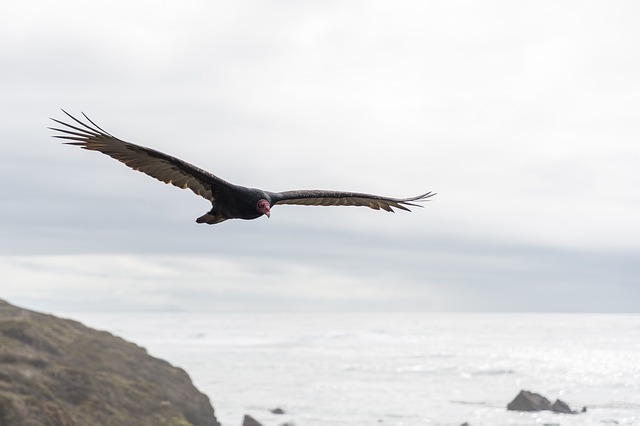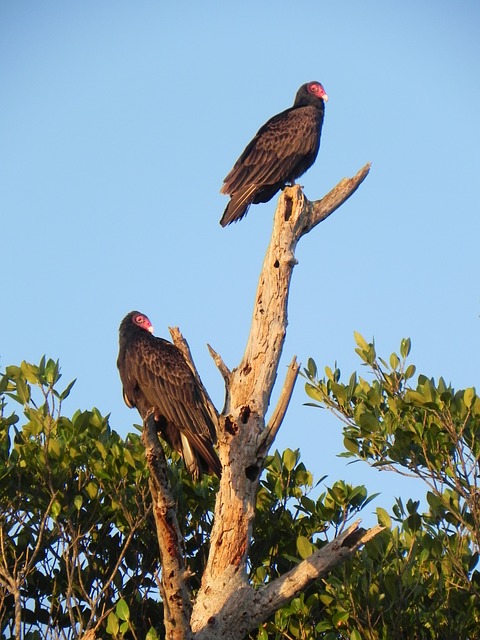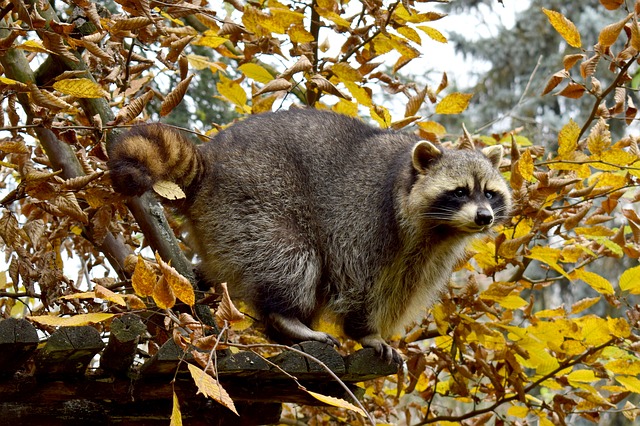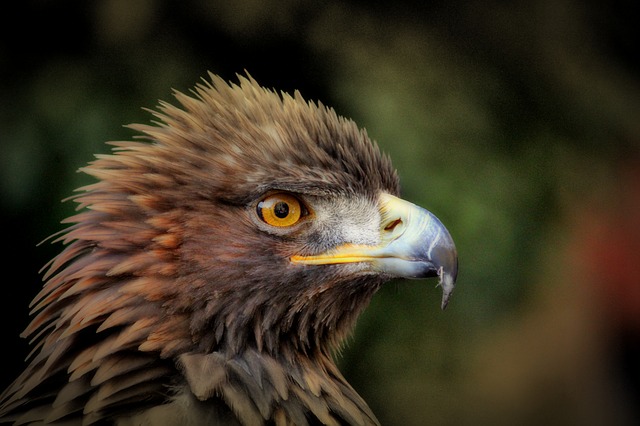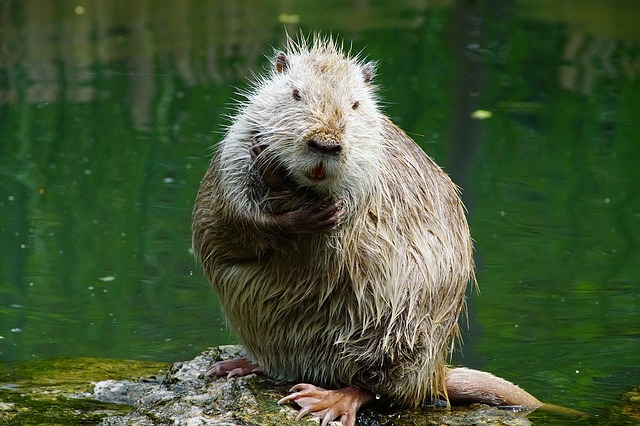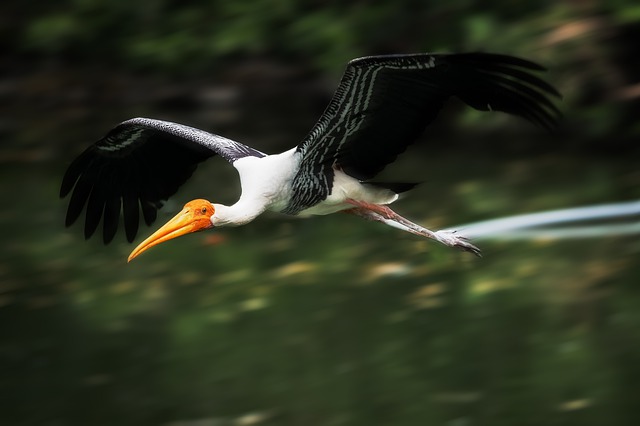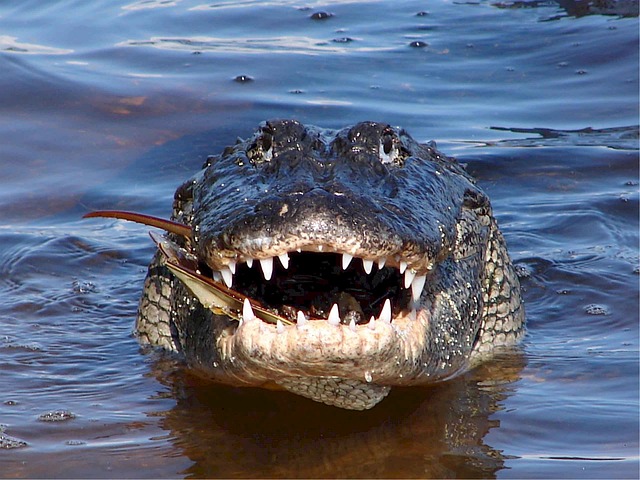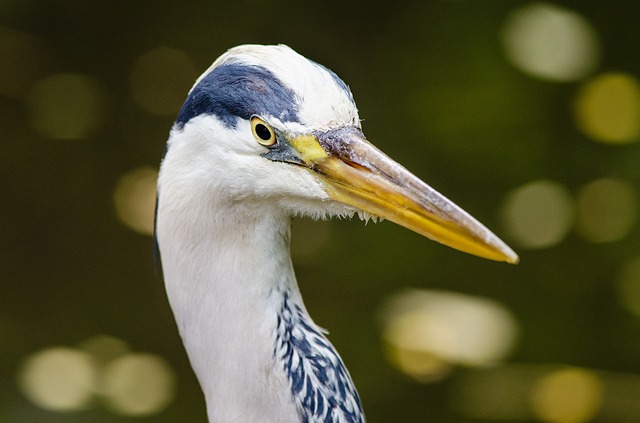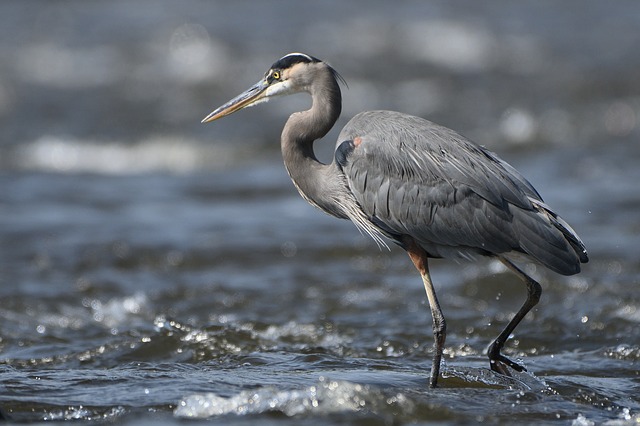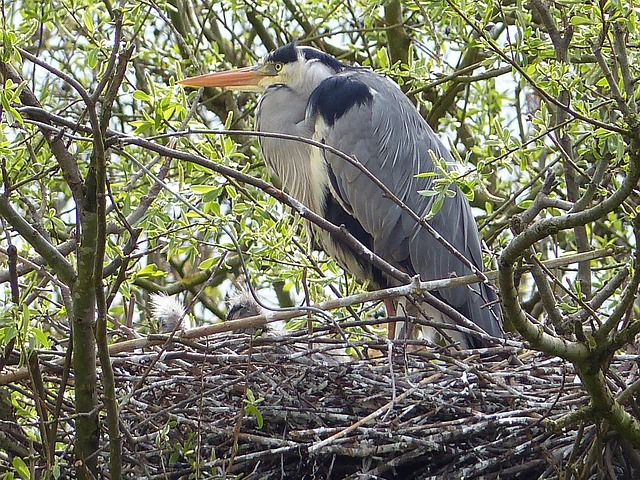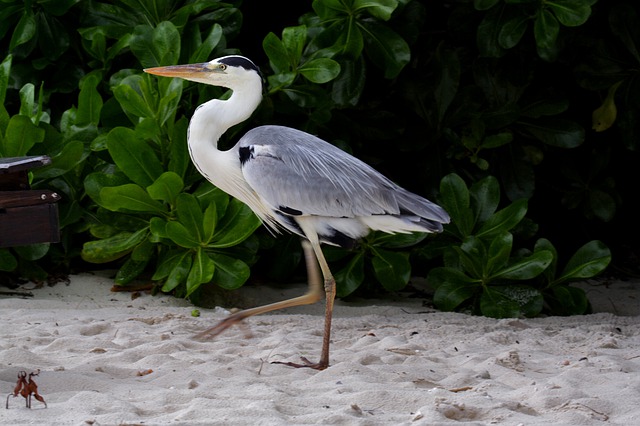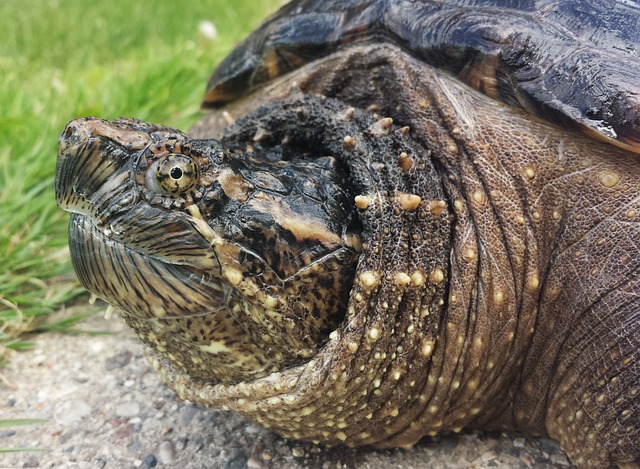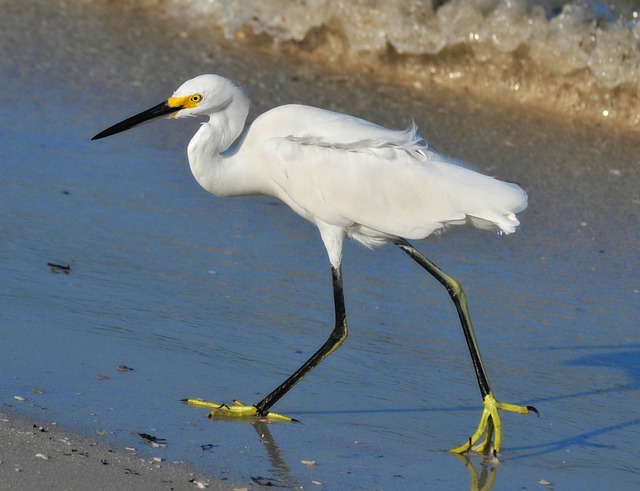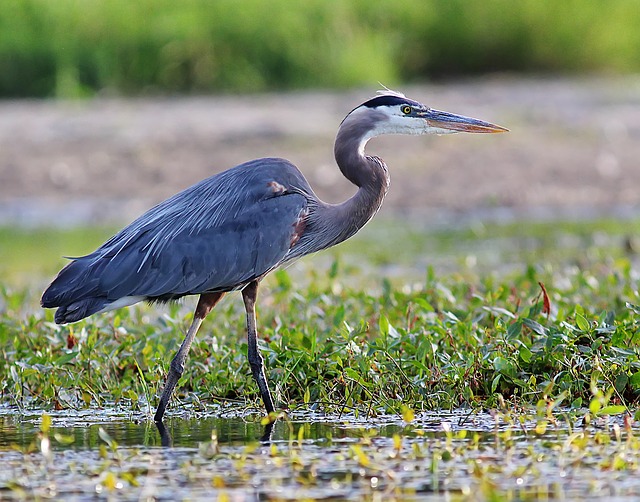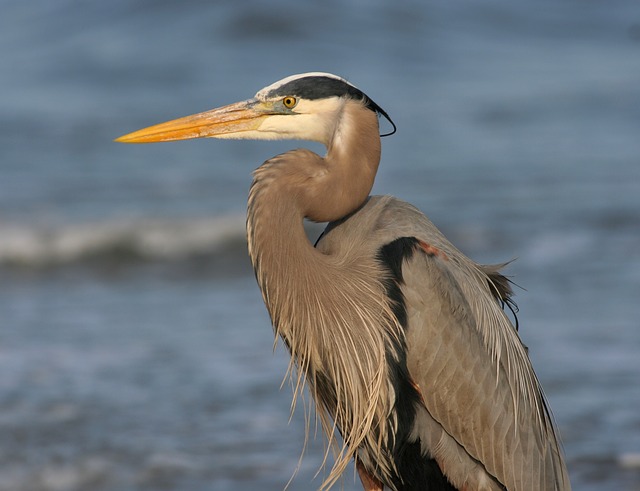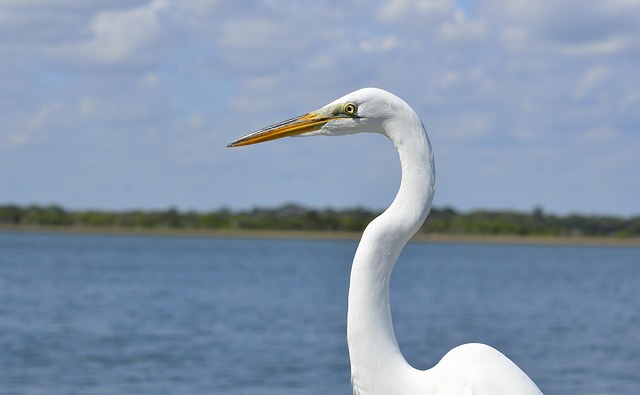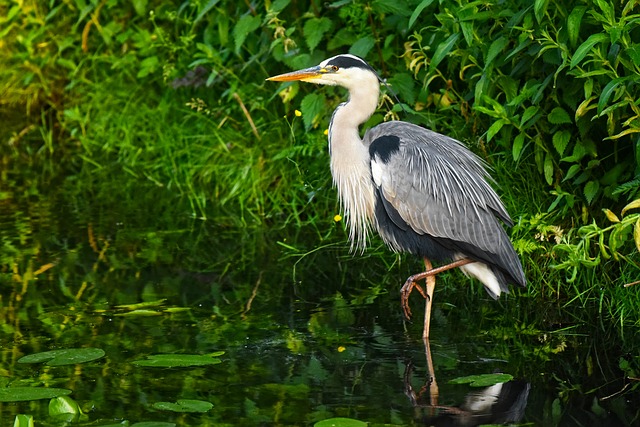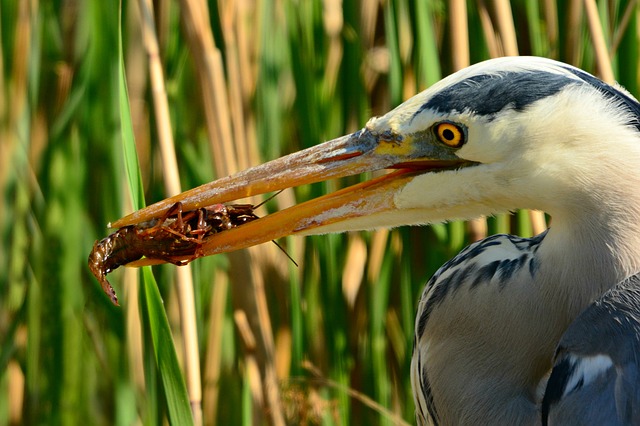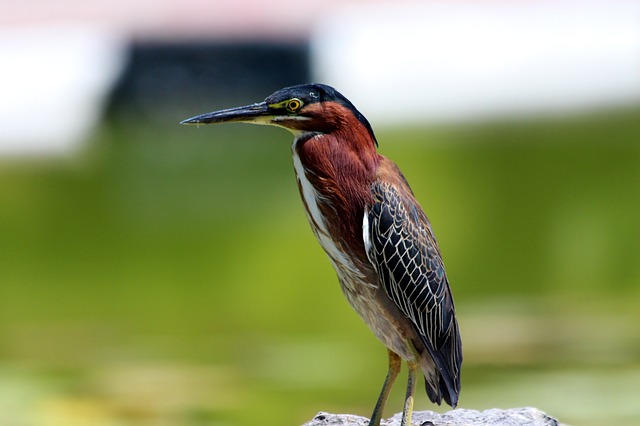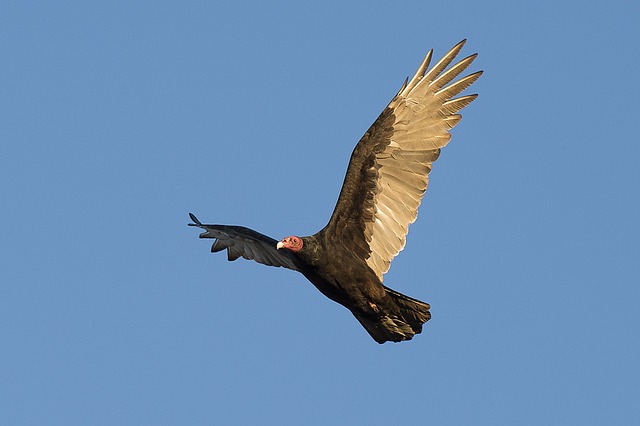
The turkey vulture, also known as the turkey buzzard, is a bird of prey with a unique red head. There are many interesting things you’ll want to know about this commonly seen vulture species. So here are the most amazing turkey vulture facts.
The Turkey Vulture Has An Exceptional Sense Of Smell
While many vulture species strictly use their vision to locate food, the turkey vulture relies mainly on its sense of smell. Its olfactory system is the largest of any bird. The turkey vulture relies on its keen sense of smell to help it detect the gas produced by decaying animals which helps to lead it to its next meal. This species also has excellent vision as well.
Turkey Vultures Are Surprisingly Light In Weight
One of the most surprising facts about turkey vultures is just how little they weigh compared to their size. Despite typically having a wingspan of six feet and standing around two and a half feet tall, turkey vultures usually only weigh about four pounds at most. Their wide wingspan and light body allow them to save energy as they soar on thermal currents, rarely needing to flap their wings.
They’re Bald For An Important Reason
Similar to most other vulture species the turkey vulture has a bald head. Having a head with no feathers is important for a bird that feeds on rotting animals. It helps to prevent the carrion along with bacteria and parasites from sticking to it. Scientists also believe it may help to keep them cool.
The Turkey Vulture Is A New World Vulture
The turkey vulture is a member of the New World vultures. This group also includes species such as the black vulture, California condor, and king vulture along with several others. New World vultures are only found in the western hemisphere, have a good sense of smell, and are predominantly black or brown in color.
The Turkey Vulture Is A Scavenger
The turkey vulture diet consists mainly of the decaying flesh of dead animals (carrion), although it does prefer its food to be fresh, having died recently. In fact, they may not eat carcasses that are very rotten. On occasion, they do eat live prey such as invertebrates and small animals.
The Turkey Vulture Head Is Similar To That Of A Turkey
One of turkey vulture fun facts many people want to know about is how this species got its name. And the answer is from the look of its head and plumage. Its bald red head and dark plumage resemble that of a turkey. While adults have a read head, the head of juvenile turkey vultures is gray.
It’s The Most Widespread Vulture Species In The Americas
The turkey vulture has the widest range of any vulture in the New World. Its range extends all the way from southern Canada to the southernmost part of South America.
There Are Five Sub-species Of Turkey Vulture
The 5 sub-species include the Chilean turkey vulture, the Eastern turkey vulture, the Western turkey vulture, and the tropical turkey vulture. A sixth sub-species, C.a.falklandicus, is sometimes included as well. The different subspecies can be distinguished from each other by the intensity of the coloring on their heads.
They Stomp When They’re Nervous
When turkey vultures are in a situation that makes them feel uncomfortable they sometimes stomp one of their feet. For instance, if disturbed in their roost during the nighttime they may stomp on a branch. When landing near an animal that they thought was dead but turns out to still be alive they may stomp on the ground.
Turkey Vultures Are Very Private Birds
One of the lesser-known turkey vulture facts is that these birds are quite private. While many people have seen a turkey vulture in flight from a distance, they are actually very careful not to be seen up close. This makes it difficult to observe their habits. Much of what we know about them comes from observing birds in captivity.
Start Shopping for Birding Supplies!
Raccoon Pictures
Raccoons are easily recognizable by their black face mask and ringed tail. And there are many fascinating things about this intelligent nocturnal species. So we’ve compiled some of the best raccoon pictures to show you just how amazing and unique they are. Raccoon...
Eagle Pictures
Eagles are large powerful raptors with sharp talons and beaks. These apex predators are typically at top of the food chain and there are many interesting things about them. So we’ve compiled some of the best eagle pictures to show you just how amazing they are. Bald...
Nutria Pictures
Nutria are large semi-aquatic rodents from South America. In the United States where they were originally imported for the fur industry, they are an invasive species. Despite their pest status, there are many interesting things about them. So here are some of the best...
Stork Pictures
Storks are tall wading birds with long legs and necks. These amazing birds have many fascinating things about them. And we’ve compiled some of the top stork pictures to help show you just how interesting and beautiful they are. White Stork The white stork has a body...
Alligator Pictures
The American alligator is a large predatory reptile that inhabits the southeastern United States. It’s a fascinating animal with many interesting things about it. And we’ve collected some of the best alligator pictures to help show you just how amazing they are....
How Long Do Great Blue Herons Live?
The life expectancy of birds is known to be closely related to their size. So as the biggest heron species in North America, how long do great blue herons live? The average life expectancy for these large birds is around fifteen years. However, surviving their first...
Where Do Great Blue Herons Live?
The great blue heron is considered to be the most widespread heron in North America. So exactly where do great blue herons live? Here’s what you’ll want to know. Great Blue Heron Range The great blue heron is found throughout most of the North American continent. In...
Where Do Great Blue Herons Nest?
While many of us have seen great blue herons their nesting habits often remain a mystery to most people. That’s because they purposely nest in hard-to-reach places. So where do great blue herons nest? Here’s the answer. A Colony Nester Typically great blue herons nest...
Do Great Blue Herons Migrate?
Do great blue herons migrate? This is something many people wonder about, especially if they’ve seen a heron during the cold winter months. And the answer is both yes and no. Here’s what you’ll want to know. Great Blue Heron Range The great blue heron has a large...
Great Blue Heron Pictures
Few species of birds are as tall, elegant, and attractive as the great blue heron. So we’ve compiled some of the best great blue heron pictures for you to admire and help you to learn more about this amazing bird! Great Blue Heron Head The head of the great blue heron...
What Do Snapping Turtles Eat?
Many people are familiar with the fact that snapping turtles have an incredibly strong bite. They use their strong jaws and sharp beak not just for defense but also for catching food. So what do snapping turtles eat? Here's what you'll want to know. Snapping turtles...
Birds That Look Like Egrets
Egrets are predatory birds that hunt and live in a range of both freshwater and saltwater habitats. These birds are usually white, and have S-shaped necks, long legs, and dagger-like beaks. However, they are often mistaken for several other types of birds that look...
Birds That Look Like Storks
Storks are large wading birds with robust bills and long legs. These tall carnivorous birds are well-known for their wide wingspans and also for building huge nests. However, they are often confused with several other bird types that have a similar appearance. So...
Birds That Look Like Herons
Herons are tall birds with long slender legs and necks. And they often wade in the water when hunting for food. Yet there are several other types of birds that may be mistaken for them. To make things more confusing many of these birds also spend time in the water and...
Great Blue Heron Facts
The great blue heron is named for its size and the grey-blue color on its wings, stomach, and back. This species has many fascinating things about it. So here are the top great blue heron facts. It's The Largest North American Heron The great blue heron is a big bird...
Are There White Herons?
Are there white herons? This is something many people wonder especially after seeing a tall all-white bird. The answer is yes! And here’s a fast introduction to them. A White Color Morph Most people are familiar with the great blue heron, a large predatory and...
Great White Heron Facts
While many people are familiar with the great blue heron, they are often surprised to find out that there’s also a great white heron. There are many things you’ll want to know about this stunning bird. So here are the top great white heron facts. The Great White Heron...
What Animals Eat Herons?
Because of their size and long sharp beaks, it can be hard to imagine that herons have any natural predators. While they do, they definitely don’t have nearly as many predators as most other types of birds. So what animals eat herons? Predators Of Adult Herons For...
What Do Herons Eat?
Great blue herons are often seen slowly wading in shallow water hunting for food. You may have even spotted one of these large birds in your own backyard pond. This leaves many people wondering: “What do great blue herons eat?” And here’s everything you’ll need to...
What Do Green Herons Eat?
The green heron is a secretive and small heron species. What it lacks in size however it makes up for in intelligence. It is particularly well-known for how it uses its smarts when hunting for food. So what do green herons eat? Read on to find out. Meet The Green...
